Junkers A20
see also: Junkers A20 Production List / Junkers A20 Philatelic Items
2 seater postal, Training and Military aircraft, F/F Mar 1922, 186 built
developed by Junkers Flugzeugwerke in Dessau, designed by Mader, Zindel
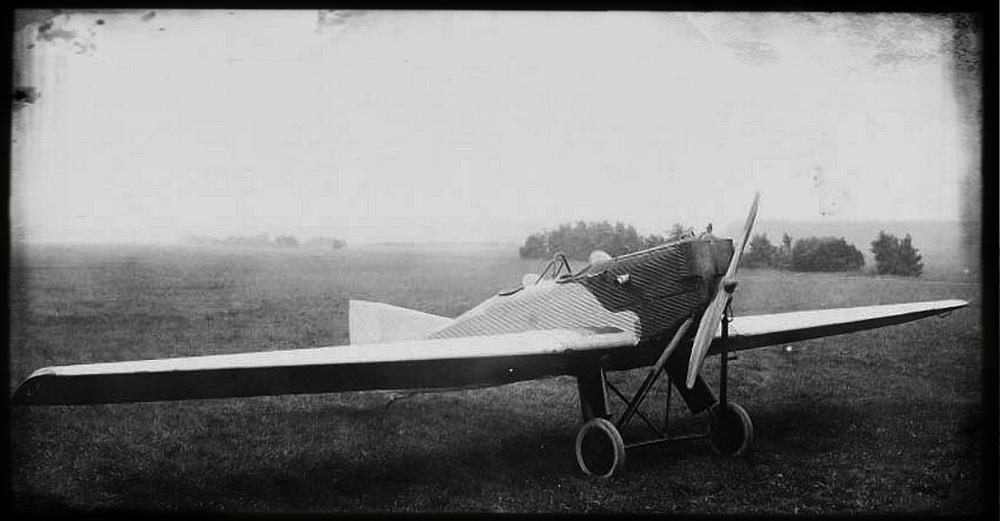
Historical Background:
In December 1922 Hugo Junkers and the Soviet Government signed a contract about the setup of an aircraft facility at Fili in Russia. This facility should be used for the construction and maintenance of a basic fleet used by the Soviet Air Force. Junkers was responsible for the setup of the production facility, as well as for the design of several aircraft types, which were required by the Soviet Air Force. The first aircraft to be designed for the Soviet forces was a reconnaissance seaplane, for which the Soviet Government placed an order of 20 aircraft. Junkers started this design under the designator J20, also Type 20. To fullfill the Soviet request, Zindel and Mader decided to base their new design directly on the Junkers J11 seaplane design of 1918 and the first J20 was first flown already in March 1922. During the following months Junkers was engaged in the setup of the production plant at Fili and in November 1922 the first Russian built J20, now designated as Ju20, flew first at Leningrad. A total of 20 Junkers Ju20 were built during 1923 at Fili and were delivered to the Soviet Navy as reconaissance aircraft during that year. 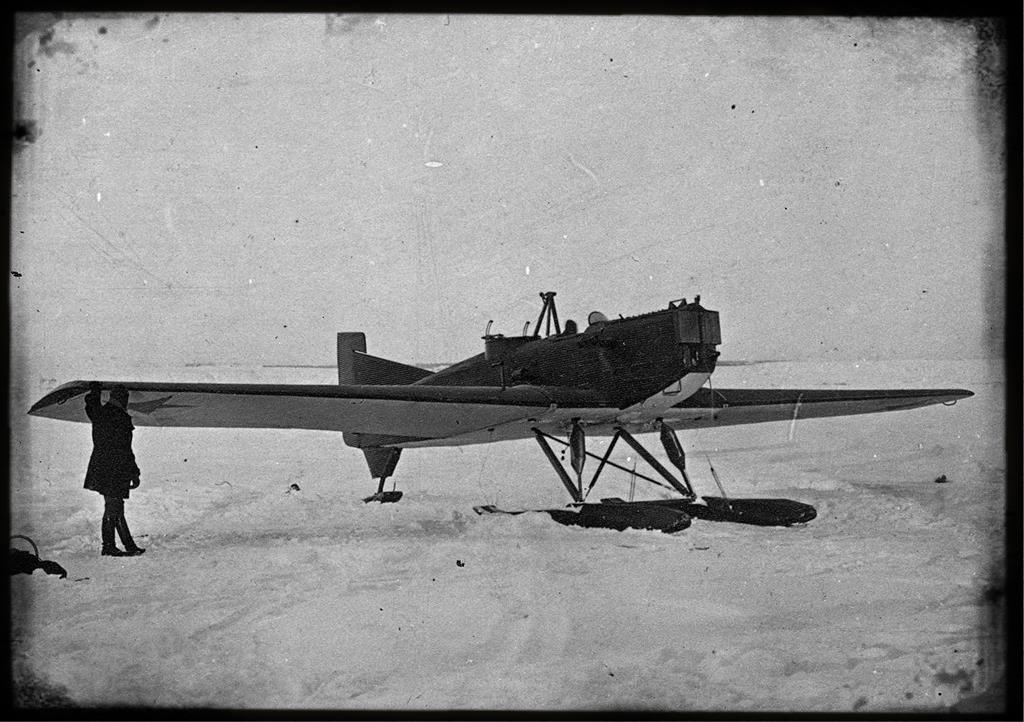
Junkers Type 20 Design (Fili)
At Dessau, Mader and Zindel redesigned the Type 20 for civil purposes during 1923 and in May 1923 this modified design is exhibited at the Goteborg Air Show as Type A. Soon after the airshow, Junkers offered a more powerfull version of the type A as A20. The A20 could be used as a land- or a seaplane. In Germany the A20s were mostly used by Junkers Luftverkehr and later Lufthansa for postal flights. On 5 July 1924 a Junkers A20 (c/n 458) took off for the first postal flight service from Berlin to Angora and on 18 August 1924 another A20 (c/n 461) was used for the first postal night service from Berlin to Stockholm. Later the A20 was also used by the DVS (German Air Traffic Pilot School) for pilot education.
The Junkers A20 was dimensioned to agree with the Allied restrictions upon Germany's aviation industry. But the Mercedes and BMW engines did not offer a satisfying level of power. When the restrictions were dropped in 1926, therefore the A20 was reengined with Junkers L2 engines and redesignated as A25. It seems as if all A25s are reengined A20 aircraft. 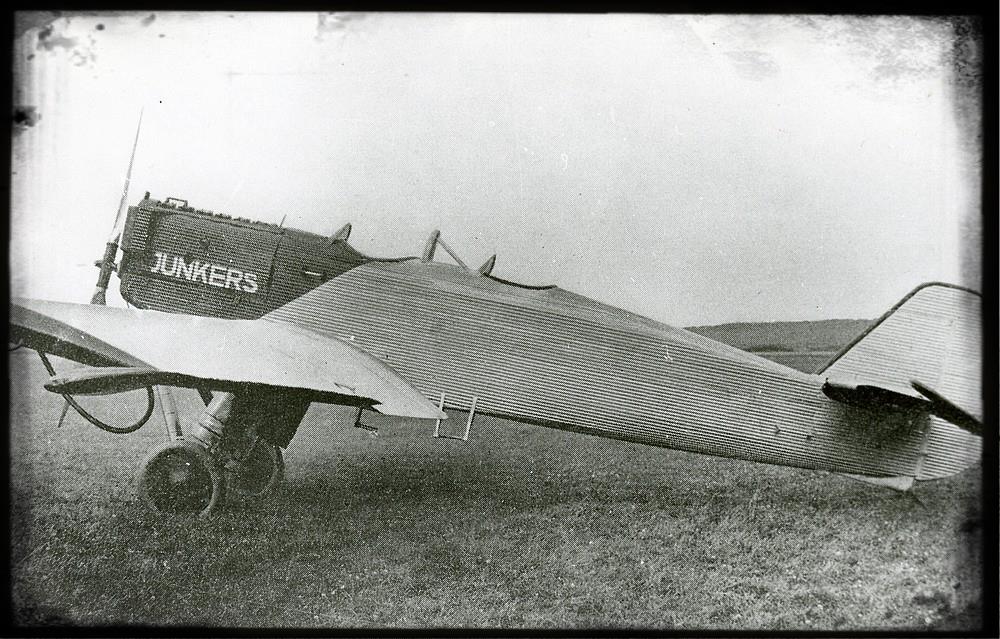
Junkers A35
Also in 1926 the first Junkers L5 engines were mounted on the A20s. Also some significant tail modifications were adapted and this new aircraft was designated as A35. A total of 24 aircraft were originally built as A35s, but a lot of A20 and A25 were also modified with the Junkers L5 engine. The A35 was also available with a BMW IV engine. 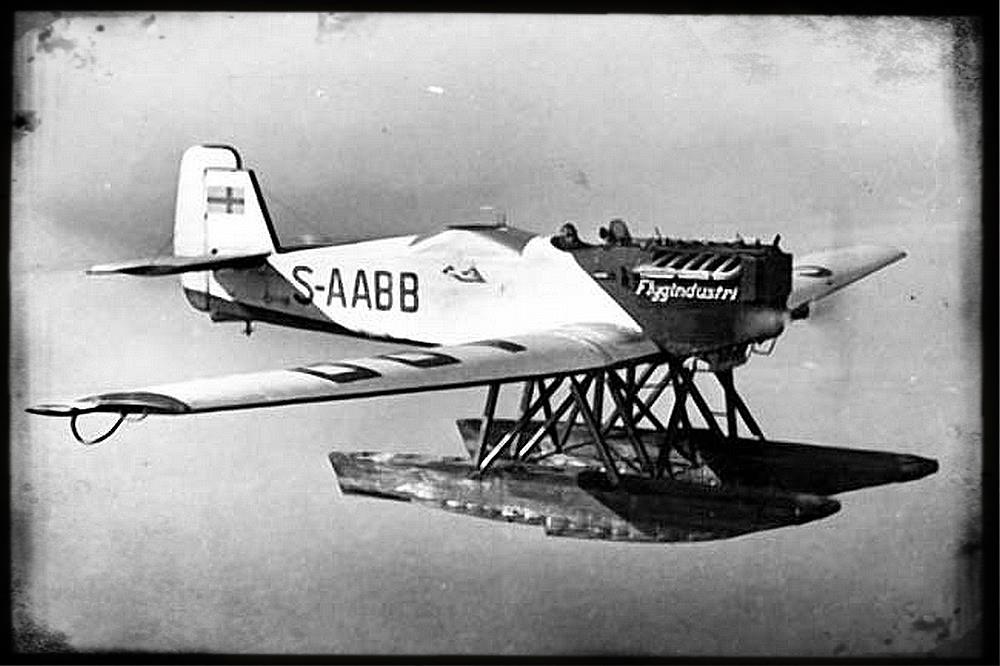
AB Flygindustri K53
In 1925 the civilized A20 design returned to its origins as a military aircraft. Junkers transfered one of the A20s to his Swedish facilities of AB Flygindustri at Limhamn, where a machine gun was added at the rear seat of the aircraft. This military version of the A20 was designated R02. But Junkers was unable to sell this military version of his A20 and therefore only a single R02 was converted. In 1926 this single R02 was equipped with the Junkers L2 engine and was redesignated as Junkers/AFI R41. During the same year a Junkers A35 with a Junkers L5 engine was equipped with a machine gun over the rear seat by AB Flygindustri and this version was designated as Junkers/AFI R53. It seems, as if this R53 was strong enough for military purposes and it was sold to different countries from Sweden. Most of these R53 were converted A35 or A20 civil aircraft, which had been built at Dessau. Some were delivered to Turkey as modified A20s, a further 20 aircraft went to Russia and 21 militarized R53 were sold to China. 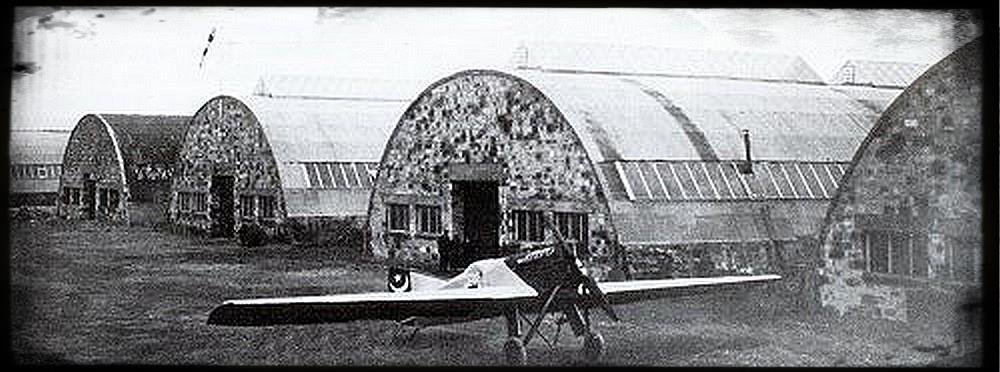
Turkish built R02 from Tomtasch
But Junkers also managed to sell a total of 64 civil Junkers A20 to Turkey. Together with the Turkish Government Junkers had set up a facility at Eshkedir under the name Tomtasch. At this facility the delivered A20 aircraft were militarized with machine guns and bomb slots.
A total of 186 aircraft of all A20/25/35-series were sold between 1923 and 1929. About 43 Junkers A20 were built at Dessau, a further 20 were built at Fili. The A25s just seemed to be modified A20s, that probably 123 Junkers A35s may have been built.
Aircraft Type A 1922 Mercedes DIII (118kW) n.a. n.a. n.a. n.a. n.a. 1 pilot+ 150 n.a. A25 1924 Junkers L2 169kW) 8,35 15,35 28,50 n.a. n.a. 1 pilot+ n.a. n.a. A35b, be 1926 Junkers L5 (228kW) 8,20 15,95 29,75 1110 490 1 pilot + 1 obs. 205 580
year engine length
in mspan
in mwing area
im sqmnet weight
in kgpayload
in kgseats speed
in km/hrange
in km
A20L
A20W
A20a
A20be
A20b
1923
Mercedes DIIIa (132kW)
BMW IIIa
Junkers L2 (195kW)
BMW IV (220kW)
Junkers L5 (228kW)
8,30
9,25
n.a.
8,30
15,35
15,35
15,30
15,30
15,30
28,10
28,10
n.a.
n.a.
970
1060
n.a.
n.a.
1500
1600
n.a.
n.a.
1 pass.
180
170
n.a.
n.a.
1000
900
n.a.
n.a.
1 observ.
A35a
K53L
K53W
1926
1926
1926
BMW IV (220kW)
Junkers L5 (228kW)
Junkers L5 (228kW)
8,20
8,20
9,20
15,95
15,95
15,95
29,75
29,75
29,75
1100
1050
1160
500
650
540
200
180
825
600
A20 Series:
- J20, design designator for the Soviet reconnaissance aircraft of 1922
- Ju20, designator for Fili built J20s of 1923
- Ju35, modified Ju20s with L5 engines
- Type A, design designator for civilized J20s of 1923
- A20, initial civil versions of the J20 of 1923/24 with Mercedes IIIa or BMW IIIa engines
- A20a with Junkers L2 engine (modified A20 with A25 standard)
- A20be with BMW IV engine
- A20b with Junkers L5 engine (modified A20 with A35 standard)
- A25 with Junkers L2 engine (modified A20s also called A20a)
- A35 with Junkers L5 engine (modified A20s also called A20b)
- A35a with BMW IV engine
- R02 militarized A20s (modified at AB Flygindustri at Limhamn)
- R41 R02 with Junkers L2 engine (converted by AB Flygindustri at Limhamn)
- K53/R53 militarized A35s (modified at AB Flygindustri at Limhamn)
Weblinks:
- Airwar.ru - Brief Story, Photos
- Junkers.de - Story, Data
- Tayyareci.com - Story about Turkish A20
- All-Aero.com - Extensive Story about A20/A25/A35
Literature:
- None
introduced Jul 1996, transfered Jun 2017
contents last updated 7 Jan 2003

